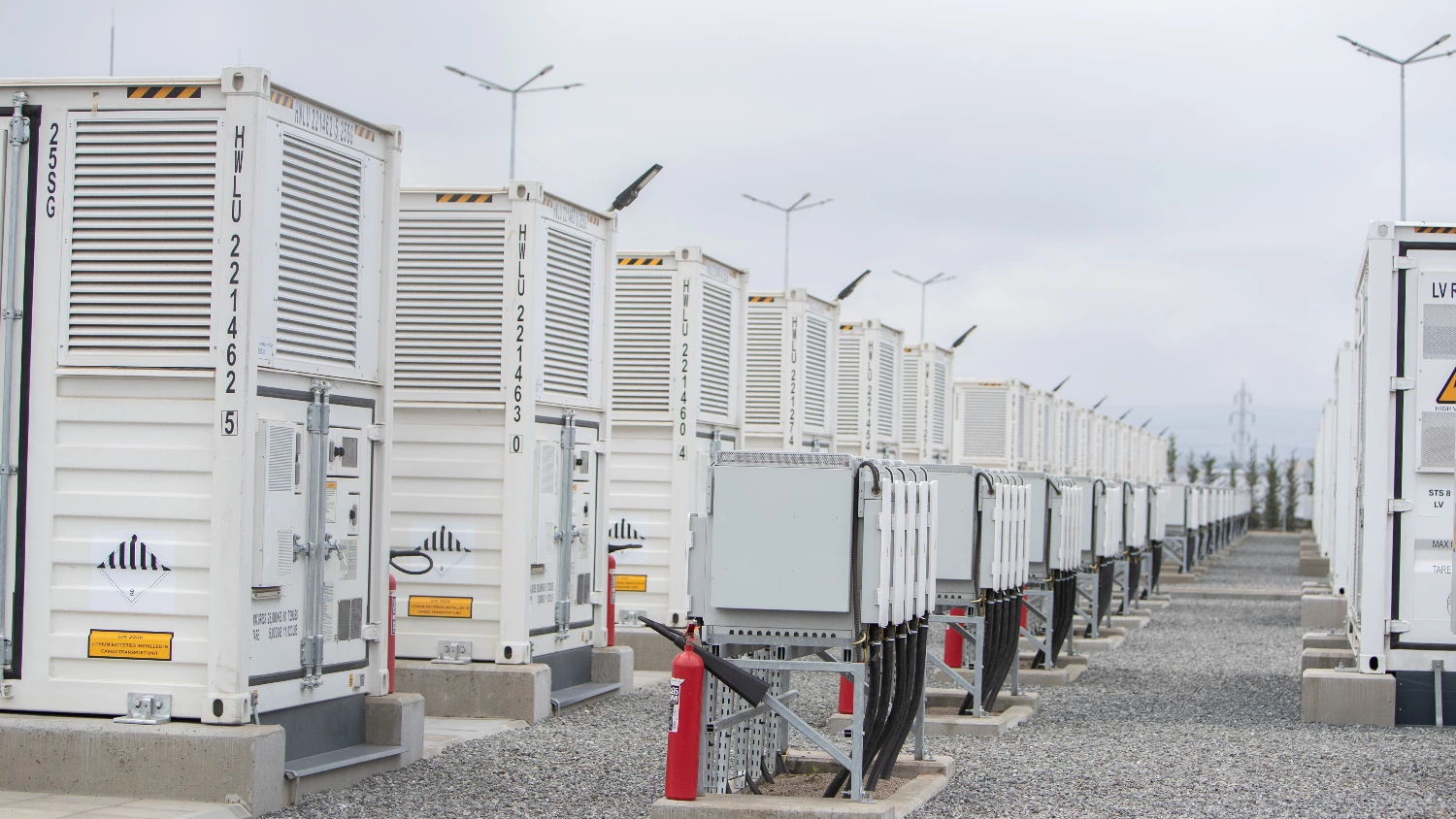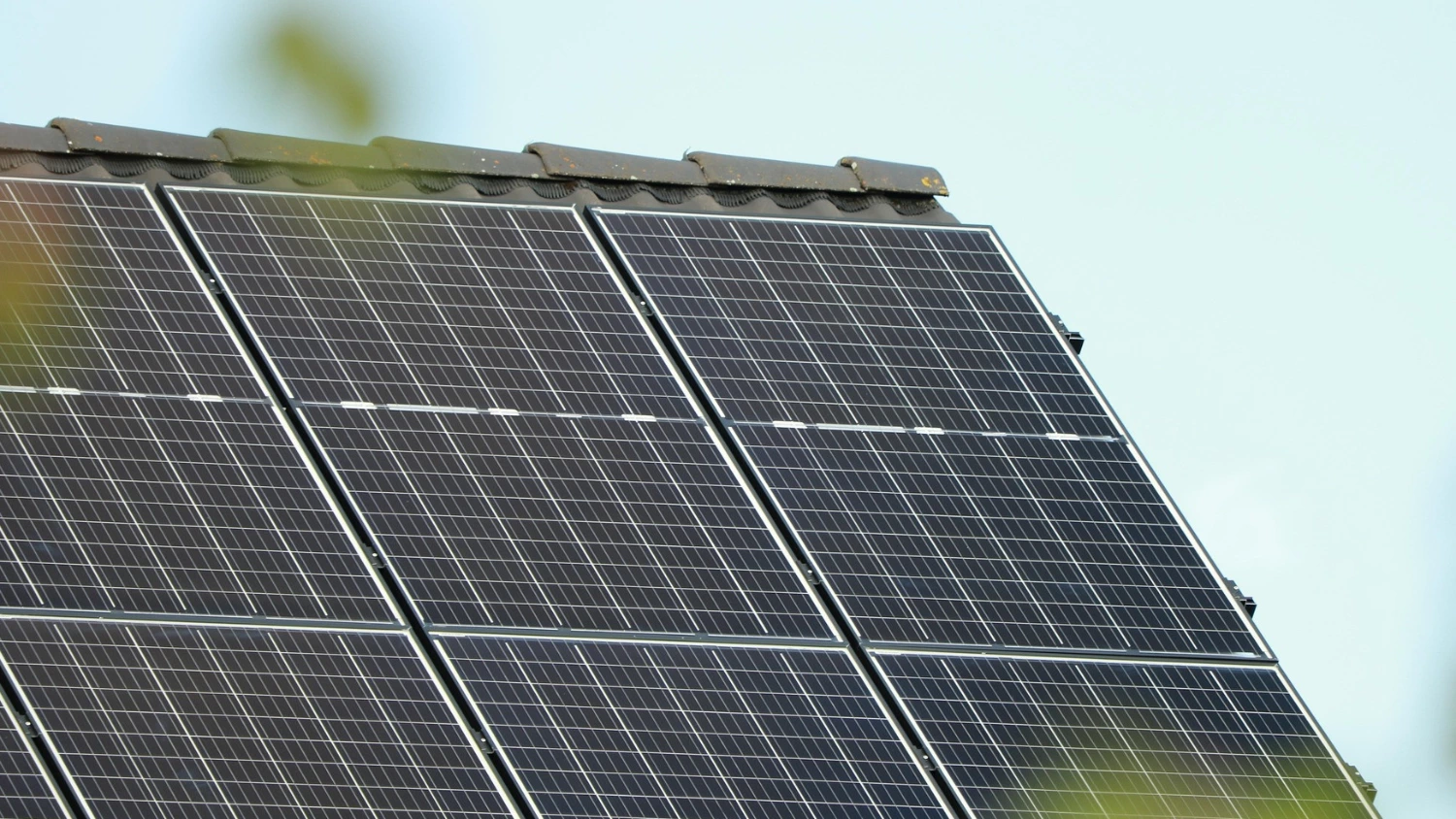Colliers consultants forecast economic growth of just over 2% in 2025, but caution that there are significant risks we could result in a softer outcome. In 2024, Romania's economy grew at a sluggish pace of less than 1%, far below the initial expectations of over 3% at the start of the year. While the outlook for 2025 is moderately optimistic, supported by investment and a relatively stable consumer sector, economic vulnerabilities persist. Weak external demand, particularly due to Germany's economic situation, along with domestic risks such as a high budget deficit and a problematic current account deficit, negatively impact investors' perception of Romania. In the event of a global economic crisis, Romania could face a challenging adjustment process similar to the one experienced during 2009-2010.
Political instability and uncertainty are expected to remain high in 2025, according to Colliers consultants. Romania is facing an unprecedented political situation after the Constitutional Court annulled the presidential elections and ordered a rerun, likely to take place in spring 2025. The current context is defined by an arguably fragile ruling coalition of several parties, primarily united by a pro-European stance, and a strong opposition led by three Eurosceptic parties. Political turbulence and uncertainty are anticipated to persist, especially as the new government will need to address the largest structural budget deficit in the EU amid a challenging external environment. This combination leaves Romania vulnerable to sudden changes on the global scene.
Geopolitics remains at the forefront, with adaptability emerging as the key to navigating an ever-changing international environment. "No Quiet Moment" aptly summarizes the current geopolitical landscape, say Colliers consultants. From the new Trump administration in the US and potential trade tensions between major economic blocs, to China's slowing economy, the war in Ukraine, crises in the Middle East, and uncertainties in Southeast Asia, the world is grappling with a highly challenging global environment defined by unpredictable variables. The unwritten rule of recent years - "expect the unexpected" - remains as relevant as ever, and 2025 is no exception, warn Colliers experts. In this volatile global context, Romania maintains a firm strategic alignment with the EU and US bloc. However, as a small and open economy, its influence on major global decisions is limited, requiring constant adaptability to navigate a rapidly evolving and complex international landscape.
Full Schengen membership starting in 2025 and ongoing infrastructure development are driving Romania's long-term economic optimism. Additionally, Romania's entry into the US Visa Waiver Program strengthens its global standing. Notably, Romania ranked 7th in the global passport strength index last year, alongside countries such as Canada, Singapore, and the United Kingdom. Economically, full Schengen accession is expected to spark a new wave of investment and production initiatives in the medium term. Simultaneously, road infrastructure has expanded significantly, reaching nearly 1,200 kilometers of high-speed roads by early December 2024 after a record year of deliveries (around 200 kilometers in 2024). Furthermore, around 700 kilometers are under construction, with an additional 700 kilometers in the planning phase, complemented by continued investment in railways. According to Colliers consultants, these developments are key drivers of long-term economic optimism, reducing regional disparities and reinforcing Romania's growth potential.
Relatively low rental demand redefines the office market. Modest economic growth in most Western countries, domestic uncertainties, and the unfavorable momentum carried over from 2024 indicate a challenging 2025 for the local office market. New rental demand is expected to remain low, comparable to previous years, or even hit new lows in an adverse economic scenario - a far cry from the highs of 2017-2019. One positive factor for developers is the lack of significant new office space deliveries in 2025, both in Bucharest (except for the small One Gallery project) and in other cities, which will also see low deliveries. This situation supports a gradual decline in vacancy rates for high-quality buildings, further widening the gap between modern, energy-efficient, well-located projects and the less competitive properties. This dynamic is creating a dual market, note Colliers consultants, where modern, well-positioned buildings continue to attract tenants, while less efficient spaces struggle to secure or retain occupiers.
Romania's industrial market is expected to moderate slightly in 2025, influenced by relatively weak economic activity in other countries. However, the long-term drivers supporting the growth of the logistics and industrial sectors remain strong. The favorable wage-productivity gap will continue to attract companies looking to relocate production, and Romania's stock of industrial land remains significantly lower compared to neighboring countries. Additionally, ongoing infrastructure developments are set to support industrial and logistics operations across various regions for years to come. However, challenges persist, with less optimistic news from Germany's industrial sector - particularly the automotive industry - negatively impacting the confidence of developers and tenants in Romania. This has led to a more cautious approach. Colliers consultants anticipate a slight slowdown in rental demand for industrial and logistics spaces, with activity declining from the record highs reached in the post-pandemic period. Despite this, demand is expected to remain above 2017-2019 levels, and rents are projected to remain broadly stable.
Retail development is set to gain momentum in 2025 after several years of subdued growth. Preliminary estimates indicate that over 200,000 square meters of modern retail space are scheduled for delivery this year, a notable increase from the over 160,000 square meters completed in 2024, according to preliminary figures. Looking ahead, Colliers consultants anticipate a rise in large-scale projects, with significant deliveries expected in 2027-2028, including several major shopping centers. The largest investments will come from players such as NEPI Rockcastle and the Prime Kapital/MAS REI joint venture, joined by UK-based M Core following its acquisition of the Mitiska portfolio in late 2023. Meanwhile, smaller developers and local investors are also very active and are focusing on smaller towns and cities, addressing unmet demand with projects like retail parks and shopping centers, further driving the expansion of modern retail space across the country.
The recovery in real estate investment is expected to continue despite the complicated backdrop, according to Colliers consultants. Forecasts for property investment transactions in 2025 remain uncertain, with various factors acting in opposite directions. On one hand, the European real estate sector could benefit from a recovery, driven by the fact that yields seemed to have peaked and, in Romania's case, the positive momentum following a relatively successful 2024 in terms of transaction activity. On the other hand, modest economic growth across Europe, including Romania, combined with domestic risks and an uncertain external environment, complicates the outlook. Over the long term, Romania presents significant potential for investors who are willing to look beyond short-term risks. Commercial property yields remain historically attractive, maintaining the country's appeal to investors. However, some buyers may find it increasingly challenging to justify these yields amidst high government costs and regional tensions. Consequently, the investment market is likely to face ongoing challenges in completing deals in 2025.
Colliers consultants believe that house prices may rise in the near future, but their trajectory will depend on several factors. In a negative economic scenario, a significant deterioration in the labor market and a sharp rise in unemployment could have a major impact, potentially leading to falling house prices and a slump in sales. However, current prices are not as disconnected from fundamentals as they were during the 2007-2008 period, which reduces the risk of a major correction. If economic activity picks up, even at a modest pace, the housing market outlook remains positive. A relatively stable labor market with rising wages, declining interest rates, and consumer confidence nearing record highs not seen since 2007-2008 could support another strong year for the housing sector. Additionally, if supply remains constrained and the broader economy sees slight improvements (absent any significant negative tax changes), there is potential for prices to accelerate over the medium term. In this context, Colliers consultants anticipate increasing interest from clients, developers, and investors in Private Rented Sector (PRS) schemes, a model that could gain significant traction in the near future.
The return of Romanians from the diaspora is becoming increasingly evident. Colliers consultants highlight a growing trend: more and more Romanians who emigrated, particularly to Western Europe, are starting to return to the country or are considering this option. The topic is increasingly covered in the media, and statistical data are beginning to confirm a net positive, albeit still modest, migration flow. This phenomenon is primarily driven by factors such as economic difficulties in countries like Germany, Italy, or Spain, as well as improving living standards in Romania. After decades of steady decline, the country's resident population recorded a slight increase in 2023, marking an important turning point. Close monitoring of this trend is essential, as an accelerated return of Romanians from the diaspora could become a significant source of long-term economic growth for Romania.











